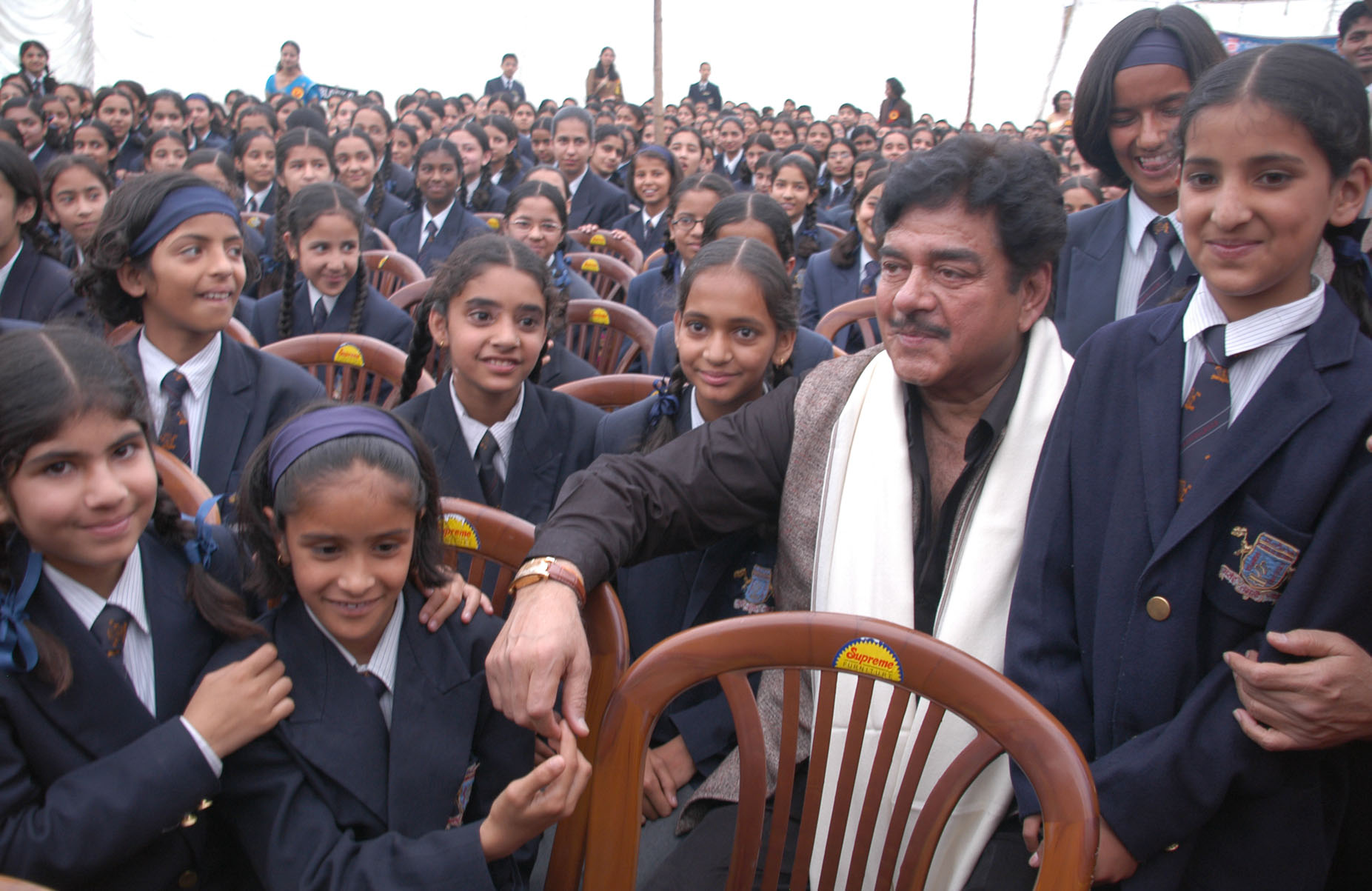Old-timers are likely to see the current prolonged spell of violence in West Bengal as a throwback to the 1960s and 1970s when the state was in the throes of a similar upheaval.
The protagonists, too, are mostly the same. In the earlier period, the communists, including the Naxalites (Maoists), fought pitched battles in the urban lanes and by-lanes and in the countryside with home-made bombs and pipe-guns against their “class enemies”, represented mainly by the Congress. Today, it is again the communists who are skirmishing with the Trinamool Congress, comprising former Congressmen who broke away from the mother party in 1997.
If it was relatively quiet during the Left Front’s rule between 1977 and 2011, the reason was the political dominance of the communists and the emasculation of the Congress. But the peace was only on the surface. The intimidating cadre raj of the Left ensured that resentment continued to simmer underground, leading to an upsurge of popular anger which swept the comrades out of power in the 2011 elections. The beneficiaries were the Trinamool Congress and the Congress, which were allies at the time.
Since then, however, the state has known no peace. If Chief Minister Mamata Banerjee had the visionary outlook of a statesman and not continued to be a rabble-rouser as before, West Bengal might have settled down to experience a period of political stability and economic progress. The overwhelming public support which she received would have enabled her to lead the state away from the path of confrontation between rival parties which has plagued its politics for so long.
Initially, it did seem that she was on the right track because she said that her victory was for badal (change) and not badla (revenge). But the poriborton (transformation) which she promised turned out to be for the worse. First, her instincts of a street fighter, which served her so well in her battles with the communists, made her take on even her allies, leading to the rupture with the Congress in the state and at the centre.
Perhaps aware of her inability to fulfil her promises, she then began to regard every incident which reflected poorly on the administration as a conspiracy against her. Hence her description of a case of rape in Park Street as “sajano ghatona” (concocted incident). Not only that, the summary transfer of a well-regarded police officer, Damayanti Sen, who was diligently pursuing the case, showed that she had taken a leaf out of the book of the Left Front, which routinely used the police for partisan purposes.
This wasn’t the only incident of bending the police to her will. When the commissioner of Kolkata police, R.K. Pachnanda, went after the Trinamool “activists” following an incident of violence during which a police officer was shot dead, he was transferred. The unambiguous message to the law-enforcing agencies was to let the Trinamool cadres have their way. This perhaps explains why the policemen present near Presidency University in Kolkata said that they had no orders to intervene when hooligans carrying the Trinamool flag vandalized the elite institution on Wednesday.
The provocation for the goons was the heckling of the chief minister near the Planning Commission building in New Delhi on the previous day by supporters of the Students Federation of India (SFI), which is associated with the Communist Party of India-Marxist (CPI-M). The SFI followers had gathered near the building to protest against the death in police custody in Kolkata of a young member of the organization. Tempers had been aggravated by the unfortunate description of the tragic incident as a “petty” matter by Mamata Banerjee.
Some in the Trinamool Congress, however, felt that the demonstrators intended to kill her. This was a throwback to an infamous incident in 1991 when Mamata Banerjee was severely injured in an attack by CPI-M rowdies in the heart of Kolkata. Since then, she has harboured the suspicion that the Marxists were planning to kill her – a fear which she expressed in an interview with the Washington Post, where she said conspiracies against her were being hatched in “Hungary sometimes, sometimes Korea, sometimes Venezuela”.
It is evident from this peculiar allegation that she sees a threat where none exists. This is probably what made her suspect a looming danger in a cartoon posted on the internet by a professor and his friend in Kolkata, which quoted a passage from the Satyajit Ray film, Sonar Kella, about a character in the film who “vanished”. The two “offenders” had to spend some time in jail. So did a farmer who asked her a question at a public meeting.
All these incidents – the death of a student, the heckling of Mamata Banerjee, the vandalism at Presidency, the retaliatory attacks on CPI(M) offices – as well as what happened earlier when frequent clashes were reported between Trinamool supporters and Marxists lend substance to Governor M.K. Narayanan’s regret over the prevailing “goondaism”.
For the hapless people of the state, however, it is all too distressingly familiar. Where the Marxists took the upper hand before to spread terror, the Trinamool is running amok now.
(13.04.2013 – Amulya Ganguli is a political analyst. He can be reached at [email protected])
The opinions, beliefs and viewpoints expressed by authors, news service providers on this page do not necessarily reflect the opinions, beliefs and viewpoints of Hill Post. Any views or opinions are not intended to malign any religion, ethnic group, club, organization, company, or individual.
Hill Post makes no representations as to the accuracy or completeness of any information on this site page.


